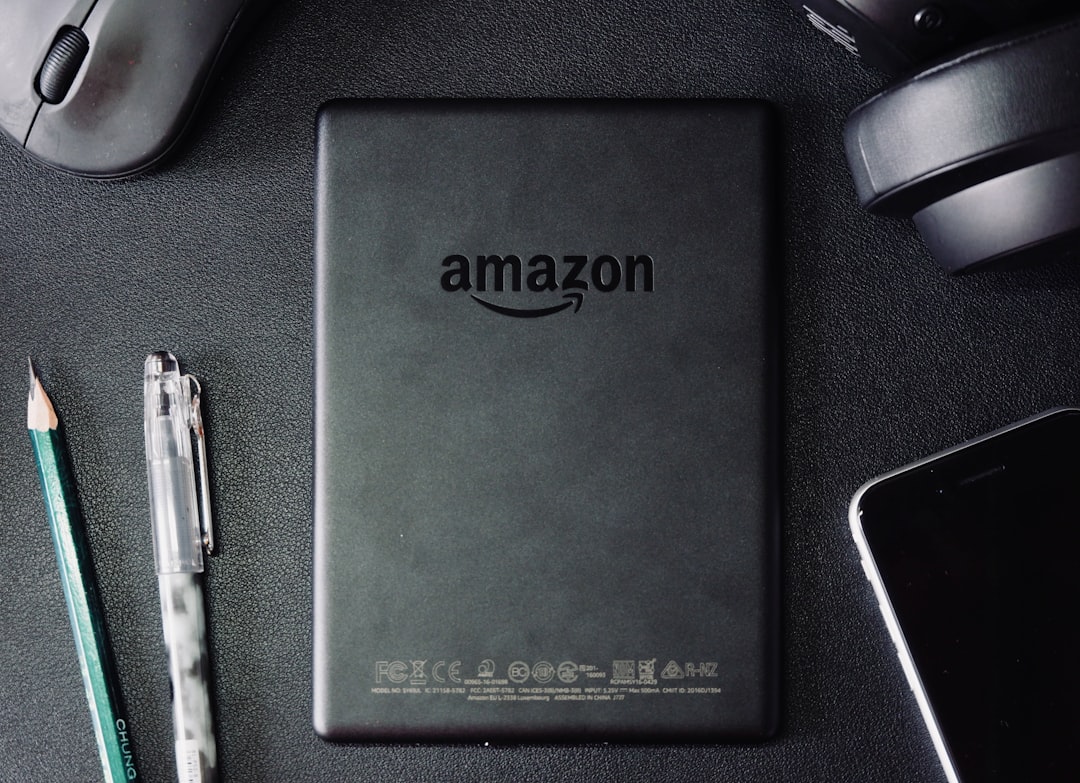If you’ve ever considered launching a small business on Amazon but have limited capital, you might be wondering, “Can I start selling on Amazon with just $500?” The short answer is: Yes, you can. But like any entrepreneurial venture, it will take strategic planning, smart choices, and a good understanding of how the platform works. Let’s break down how you can turn $500 into your stepping stone to e-commerce success.
Understanding Amazon Selling Models
Before diving into numbers, it’s important to choose the right selling model. There are several options when it comes to selling on Amazon:
- Retail Arbitrage: Buying discounted products from retail stores and reselling them on Amazon.
- Online Arbitrage: Purchasing products from online retailers and flipping them on Amazon.
- Wholesale: Buying bulk products directly from manufacturers or distributors to sell on Amazon.
- Private Label: Creating your own branded product and selling it under your label.
For newcomers with a limited budget, retail arbitrage or online arbitrage are the most feasible options because they involve the lowest upfront costs.
Where Does Your $500 Go?
Your starting capital should be allocated wisely. Here’s a suggested breakdown:
- Amazon Seller Account: Professional plans cost $39.99/month. You could alternatively use the free individual plan initially, which charges $0.99 per sale.
- Product Inventory: Allocate about $250-$300 here. Search for clearance deals or suppliers with no minimum order quantities.
- Shipping & Prep Materials: Bubble wrap, boxes, shipping labels, and tape may cost around $30-$50 initially.
- Product Research Tools: Tools like Keepa or Jungle Scout offer trial or basic versions for under $20/month.
- Miscellaneous and Marketing: Save around $50–$70 for promotions or unexpected costs.
With strategic spending, your budget can cover all these essentials and get your first few listings up and running.

Tips to Maximize Your Budget
Starting small doesn’t mean you have to think small. Here are a few smart strategies to stretch your $500 even further:
- Focus on a Niche: Target a specific category with demand but low competition. This could be kitchen gadgets, pet accessories, or seasonal items.
- Use Local Retail Deals: Dollar stores, clearance aisles, and outlet shops can offer lucrative products for retail arbitrage.
- Learn Before You Leap: There are many free resources available online—YouTube tutorials, seller blogs, and Amazon’s own Seller University.
- Reinvest Profits: As your products sell, reinvest the profits into more inventory and better tools.
The Importance of Product Research
One of the biggest mistakes new sellers make is rushing into buying inventory without proper research. You must ensure that the product you’re purchasing is in demand and can be sold for a profit after Amazon’s fees. Tools like Keepa can help track historical price trends and sales ranks, helping you make more informed decisions.
You’ll also want to calculate your costs accurately using Amazon’s FBA calculator. This gives you a clear idea of your potential profits after fees and shipping costs.

What to Expect in the Early Days
Many new sellers start slow, and that’s okay. The key is to build your experience while minimizing risk. You may not become profitable immediately, but learning how Amazon’s fulfillment and listing systems work will pay off in the long run.
Expect to spend the first few weeks researching, sourcing products, setting up your listings, and learning how to optimize your sales. Be patient, track everything, and continue learning.
Conclusion: Is $500 Enough?
Yes, you can absolutely start selling on Amazon with $500, but it requires discipline, savvy decision-making, and a willingness to learn continuously.
Stick to low-cost models like retail or online arbitrage, be meticulous with budgeting, and stay committed to reinvesting your profits. While $500 won’t buy you a large inventory or fancy tools, it’s enough to get your foot in the door and learn the ropes of one of the world’s largest online marketplaces.
With dedication and persistence, your modest investment can grow into a reliable source of income. It’s not about how much money you start with—it’s about how smartly you use it.
